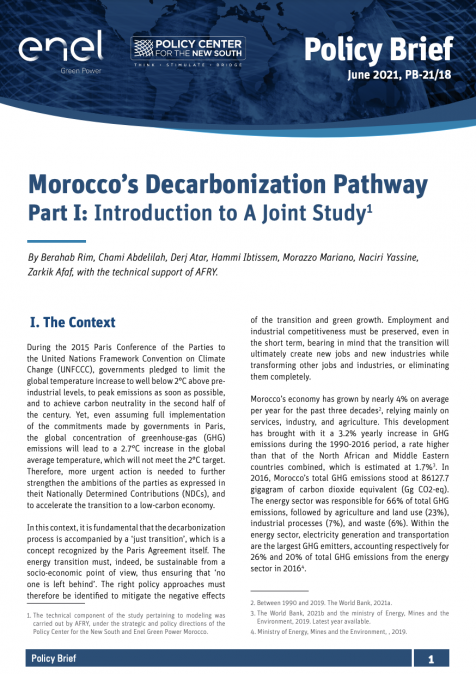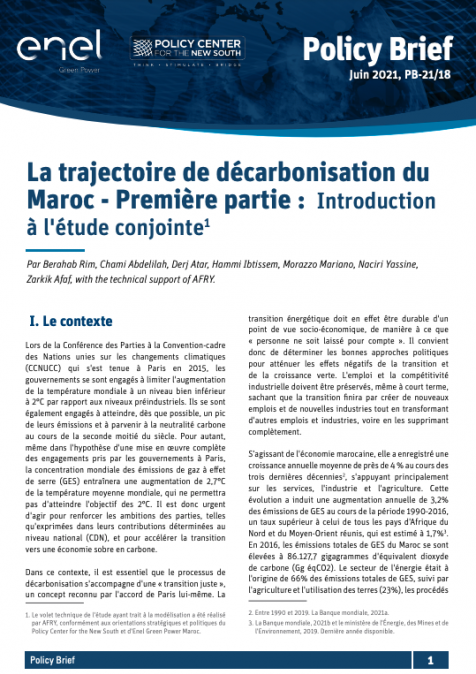Energy Transition: Public-Private Collaboration, Hydrogen Challenges, Innovation
August 10, 2023
During this interview we seek Mr. Samir Rachidi's insights into how the collaboration between the public and private sectors contributes to the energy transition. We also examine the main hurdles related to hydrogen production in Morocco and the measures being taken to overcome them. Additionally, we explore the role of research and innovation in hastening the advancement of the energy transition.
Speakers











